If you ask us, vans have always been low-key rad, but their ability to resonate with American shoppers has really ebbed and flowed. Today, vans are experiencing an uptick in popularity, and one of the big factors driving this change is an unlikely source: SUVs.
In the 1980s and 1990s, minivans were the de facto vehicle for families. But as SUVs became more popular – and indeed, more refined and car-like – many buyers wanted to eschew the family-friendly image associated with minivans in favor of something more outgoing. Why be a mom when you can be a cool mom, you know?
This shift went into overdrive in the 2000s, reducing the once booming minivan segment to just a few key players. Now, the term “SUV” is almost meaningless, used to describe vehicles of all shapes and sizes. Many automakers are even applying this butch updo to sedans and wagons in an attempt to boost their appeal.
"In the 1990s, SUV popularity was enhanced by the promises of a fun and active lifestyle afforded by their rugged proportions and design," said Ed Kim, president and chief analyst at AutoPacific. "Today, the only truly popular station wagon in North America is the Subaru Outback, which has a raised suspension and rugged styling details. The latest Kia Carnival has seen success partly because it has a more upright and blocky design than the typical jellybean-like minivan."
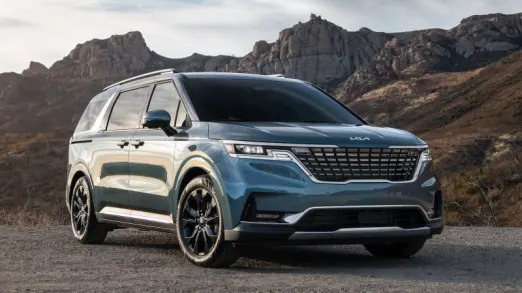
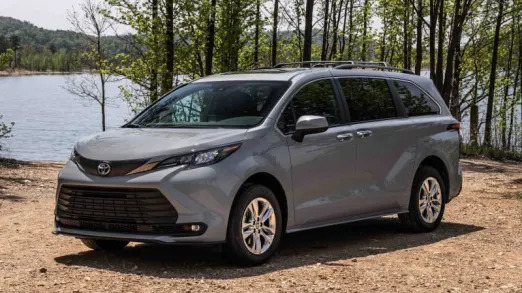
Selling the drama
When it launched in 2021, the Carnival replaced the long-serving Sedona minivan. But at no point during the Carnival’s launch did Kia use the words “van” or “minivan,” instead referring to the Carnival as a “multi-purpose vehicle.” Kia even went so far to say the Carnival filled “the unoccupied space between SUV and family hauler” – a niche we didn’t know existed – touting the van’s “bold and boxy SUV-like design.”
Silly as that sounds, the thing is, it worked. Through the course of 2021, Kia sold 25,155 Carnivals, besting the number of Sedonas sold in 2020, 2019, 2018 and 2017.
"The design helped with the visibility," said Joseph Choi, Kia’s product strategy manager for the Carnival. "We took everything that makes this type of vehicle compelling but then hit on an area of design that kind of expanded the appeal." That should only get stronger as the Carnival moves through its lifecycle, too.
“As good as the car looks, I'm already very excited about the next iteration of its design," Choi said.
Following this trend, in 2021, Toyota announced a new Woodland trim level for its Sienna that gave the minivan more SUV-like features. The changes were minimal, limited to things like an 0.6-inch increase in ground clearance, roof rails with crossbars, a tow hitch with the ability to pull 3,500 pounds and a 120-volt AC outlet to power small camping equipment. The Woodland comes with standard all-wheel drive, something that was – and still is – optional on other Sienna models.
However, while the Woodland trim seemed great in theory, it was a different story in the real world. When we tested one in early 2022, we found the Woodland didn’t really go far enough to warrant its relatively high price, which for the 2023 model year is $47,530 including $1,335 for destination.
There have been outliers over the years that attempted to blur the line between vans and utility vehicles, notably the Volkswagen Syncro van, the first-generation Mazda MPV and more cynically, GM's collection of badge-engineered vans of the 2000s, but not across the minivan market as a whole as is the case today.
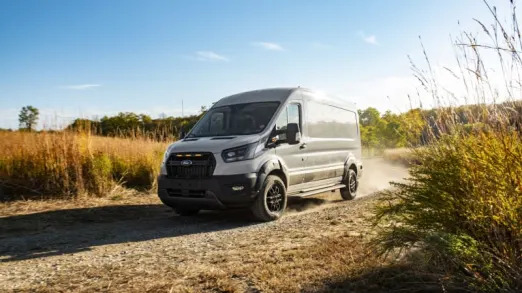
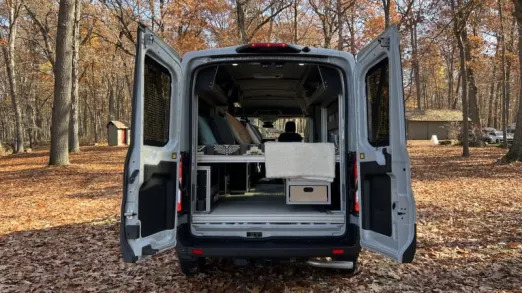
Go big or go home
The rise in popularity of overlanding is another area where the van/SUV mash-up is surging. Owners are buying full-size vans and upfitting them to full-on exploration rigs – you know, #VanLife – and carmakers themselves are now getting in on the action.
Years ago, Mercedes-Benz added four-wheel drive to its Sprinter van to give this big boy some added capability; remember when we drove one up a logging trail in Canada? Mercedes also introduced a Weekender camper concept based on the smaller Metris, which was later renamed Getaway, not that it really matters, since this van’s time in the United States is coming to an end.
More recently, Ford debuted the Transit Trail last year, a seriously cool take on its full-size van with legit off-road chops. The Trail combines the Transit's 310-horsepower twin-turbo V6 with all-wheel drive, a 3.5-inch ride height increase, 2.8-inch wider track and 16-inch wheels with 31-inch Goodyear Wrangler Workhorse all-terrain tires. There's even an optional towing package that can pull up to 6,500 pounds, as well as drillable areas specifically designed to accommodate shelves, cabinets, beds and other amenities available from upfitters.
"SUVs will continue to influence the design and proportions of general vehicle design for the long term because they remain by far the most popular vehicle segment in North America,” Kim said. And if automakers continue to bring SUV attributes to other vehicle segments, vans and minivans – especially future electric ones – could be more successful as a result.
Related video:
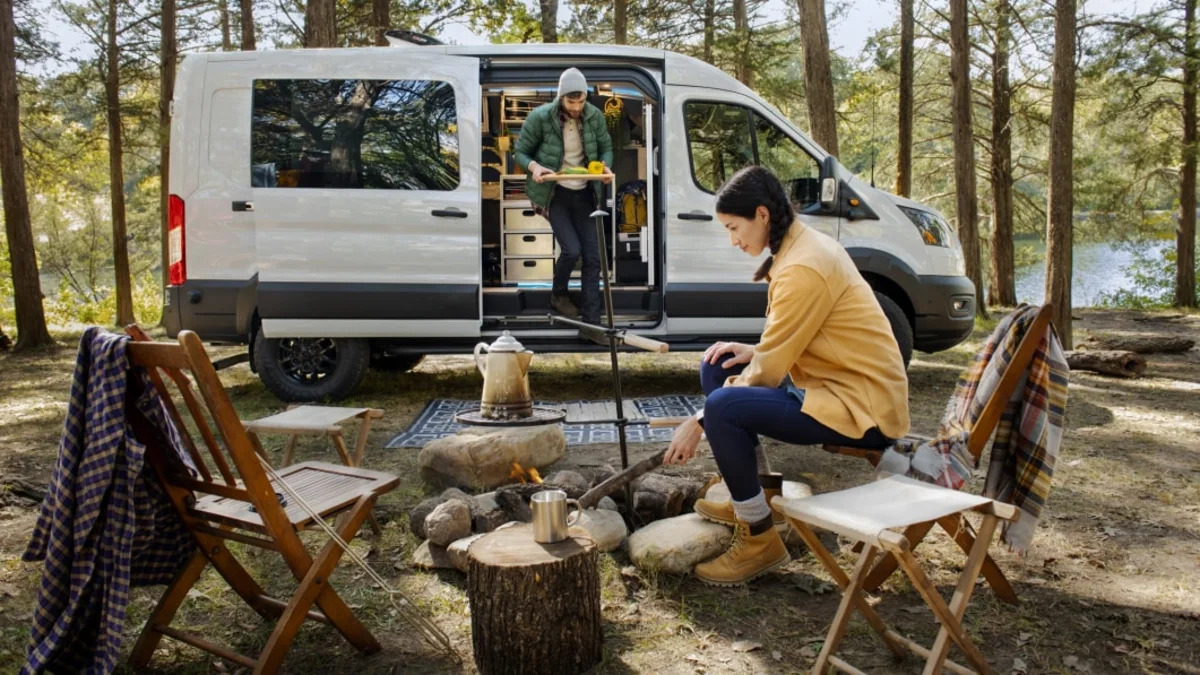

Sign in to post
Please sign in to leave a comment.
Continue